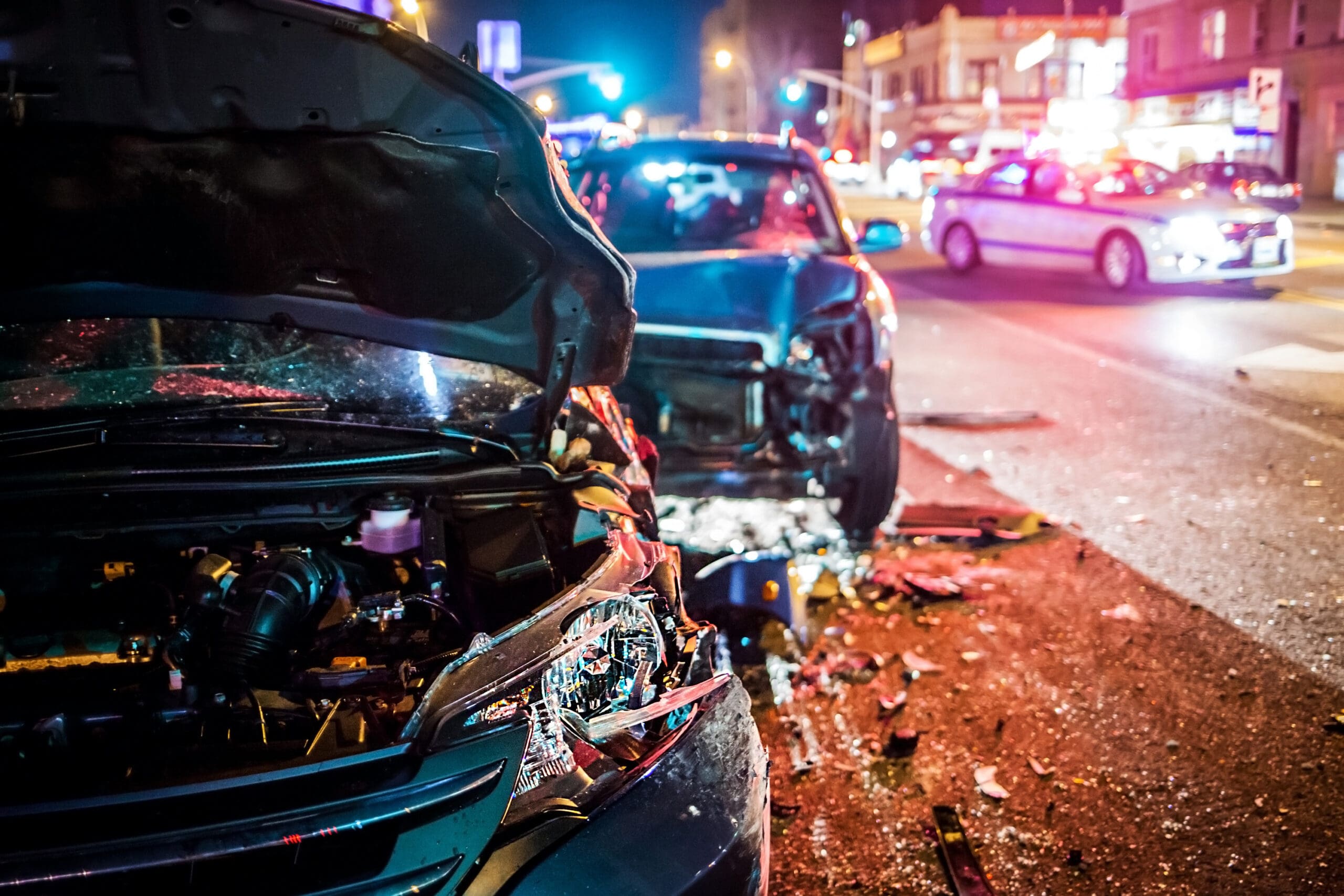Georgia Car Wreck Attorneys Discuss Accident Reconstruction For Red Light Crashes
Accident reconstruction can be a key component to proving liability in your case. Not every car crash requires accident reconstruction and analysis. However, in some crashes, including those that occur at an intersection where one party claims to have the right of way at an intersection controlled by a traffic signal, people could benefit from an expert’s opinion about how a crash occurred. The red light accident attorneys with Montlick Injury Attorneys, Attorneys at Law, understand when an expert accident reconstructionist is necessary to use in a case.
If you suffered serious injuries or tragically lost a loved one as a result of another’s carelessness when driving a motor vehicle, you could be entitled to financial compensation for your loss. Consult with the car wreck attorneys with Montlick Injury Attorneys to learn more about how they can help you recover just compensation for your loss.
Red light accidents typically occur because of inattention or another person is trying to “beat the light.” Some accidents could occur when solar glare obscures the light, but most often, red light accidents are avoidable by eliminating human error. Many times accidents occur at red light intersections because the drivers involved do not know the rules of the road. Some drivers assume they have the right of way, but do not. Others might ignore traffic signs such as “No turn on red.”
When a crash occurs at a red light, a responding police officer often must determine what happened and why. The officer can request a reconstructionist to come to the scene if the crash results in a fatality or catastrophic injury.
An accident reconstructionist who is employed by the local law enforcement agency is usually a current or former police officer with specialized training. He or she receives classroom and practical instruction on how to analyze accident scenes and understand how a crash happened. The reconstructionist usually has the assistance of a computer program into which he or she enters information like the weight of the vehicles involved, the length of skid and yaw marks left by the tires on the road, the debris field, and other markings on the roadway. The reconstructionist takes these measurements from the crash scene. Also, the analyst will look closely at the damage of the vehicles, as much can be learned from how the vehicles came together and separated.
Another vital piece of information comes from the traffic signals themselves. A computer sets the intervals at which the lights change. The changing of the lights should not be arbitrary. There are several elements traffic control engineers need to consider when setting the light intervals. Issues such as the field of vision, typical traffic patterns, traffic volume, and construction of the intersection are vital to creating a timing pattern that safely allows traffic to flow.
The analyst will look for other objective or unbiased information as well. Objective data is something that can be measured by a tool rather than a subjective account of how the accident happened. However, a good reconstructionist will not disregard the subjective information. If traffic cameras did not record the intersection, the witness statements, if they exist, can go a long way to determining the phase of the signal when the crash occurred. The reconstructionist could also use video recorded by bystanders or dash cams, if available, to help sort out people’s stories. Such information can also be important in a personal injury claim, especially if liability is disputed. Our attorneys understand the importance of such evidence, and, depending on what is available as well as the nature of the case, work hard to obtain such evidence from law enforcement.


